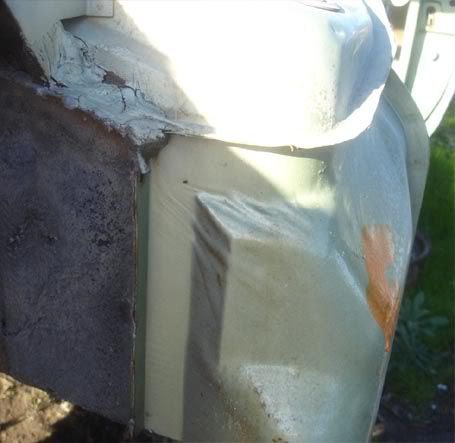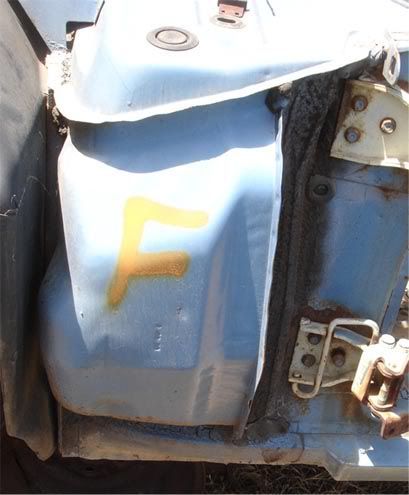If the cowl sides are incorrect (flat black), should they be the color of the car or black to match the inner fenders? Where is the transition to the flat black made?
First it was a semi-gloss black though often, originally, on the flatter end of the range

Though you will often fine restored cars at the other end of the scale
We didn't discuss if your car is an early or late car so where the engine compartment black stops at the top of the firewall (to cowl) will different based on the build date
You didn't offer exactly when your car was assembled at Dearborn (always helps

but here is an example of what I typically find. Hope it shows the area of interest



Mid year cars - Please ignore the orange "F" not an original paint mark
Also, is there a recommendation for an engine paint brand and color for a Dearborn S code engine? Is the engine painted with the oil pan on and the gasket gets paint as well?
With an S code the engine would have been painted as a unit (if your car got the optional chrome valve covers they would not have been on the engine at time of painting and those gaskets painted silver) so intake, water pump, oil pan were attached to the long block. Exhaust manifolds were on the engine so they would have received a little or alot of overspray. No balancer, dist, coil or bracket, PS or alternator brackets, nor fuel pump at the time things were painted blue. So all those mounting bolts, hardware and gaskets got a coat of paint
Generally people like suggesting the spray gun method of painting the engine since they tend to find it holds up longer. For rattle cans I like the Duplicolor for big blocks and Plasticoat for small blocks. Don' t have the (for a regular spray gun) PPG code for the Ford blue but remember the hardener and about 10-15% flattener to knock the gloss down a bit.